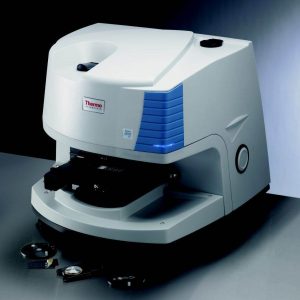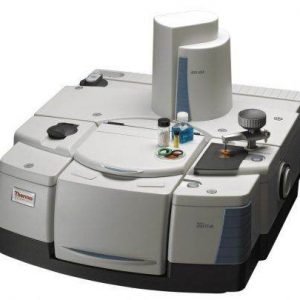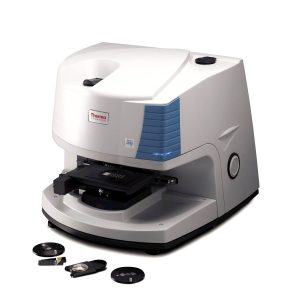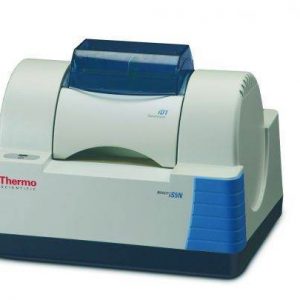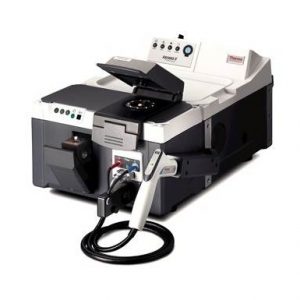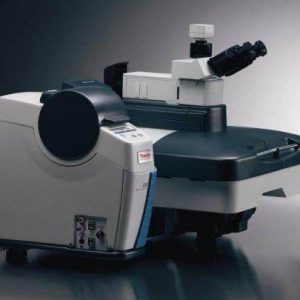Analysis of asbestos
- Application description
- FT-IR spectroscopy
- FT-NIR spectroscopy
- Raman spectroscopy
In recent years, the control of toxic materials in the environment has become more and more intensive, not only for the protection of human health, but also due to the much-discussed issue of ecosphere pollution. Legislation in almost all developed countries imposes limits on most of these substances for their use and for their permissible amount in the environment. In most cases, the excessive occurrence of these substances in the ecosphere is associated with industrial production, transport or mining. The industry development necessarily is also the origin of new types of diseases, such as silicosis (a form of pneumoconiosis) and asbestosis (progressive lung fibrosis). As their names suggest, these diseases are caused by inhalation of the respirable fraction of silica (alpha-quartz) and asbestos.
In both of these industrial diseases, an important parameter is not only the amount of particles in the air, but especially their size defining the respirable fraction of the airborne dust. In the case of silicosis, the most affected part of the population are workers in mines, cement plants, coal-fired power plants and other dusty environments. Asbestosis is a threat mainly to construction workers, or residents of buildings built with some older materials containing asbestos: asbestos-cement, asbestos roofing, etc. In addition, asbestos is classified as a carcinogen with a long latency between exposure and outbreak of up to 30 years (WHO – IARC grade 1, a proven carcinogen).
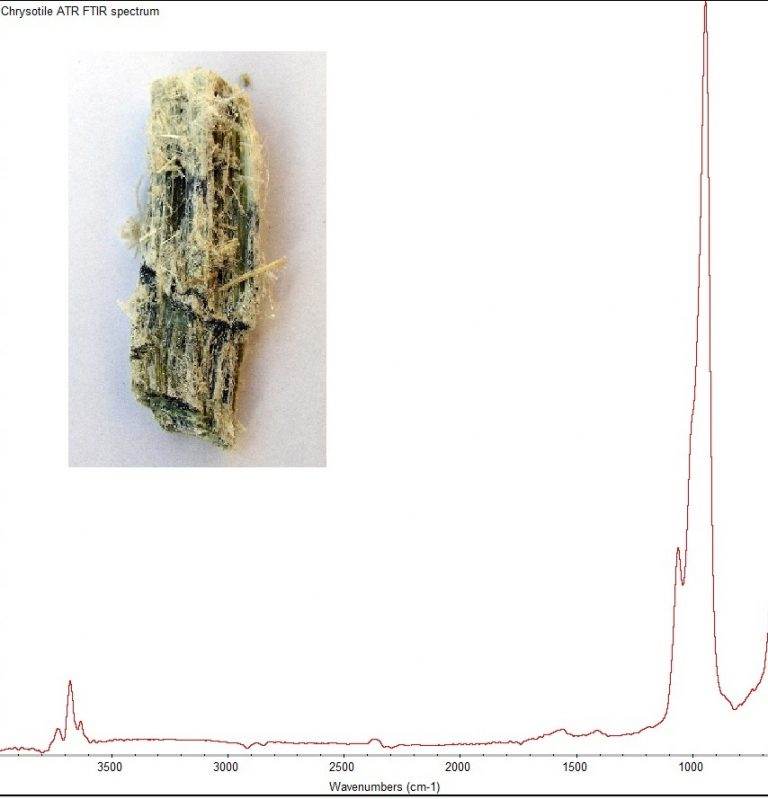 The following brochure briefly summarizes the possibilities of quantitative analysis of alpha-quartz using infrared spectroscopy (FT-IR). It also outlines the possibilities of other methods of molecular spectroscopy (near infrared spectroscopy: FT-NIR and Raman spectroscopy) for qualitative and quantitative analysis of asbestos.
The following brochure briefly summarizes the possibilities of quantitative analysis of alpha-quartz using infrared spectroscopy (FT-IR). It also outlines the possibilities of other methods of molecular spectroscopy (near infrared spectroscopy: FT-NIR and Raman spectroscopy) for qualitative and quantitative analysis of asbestos.
To get the brochure, do not hesitate to contact us:
